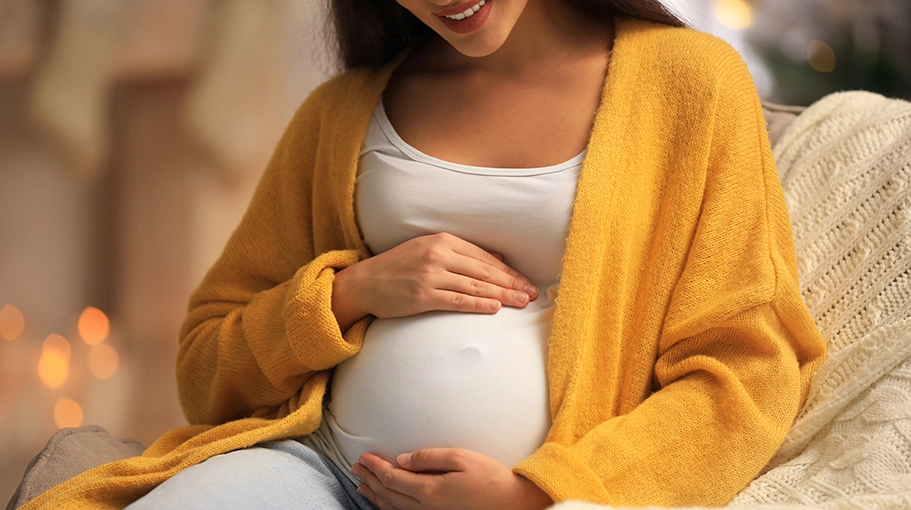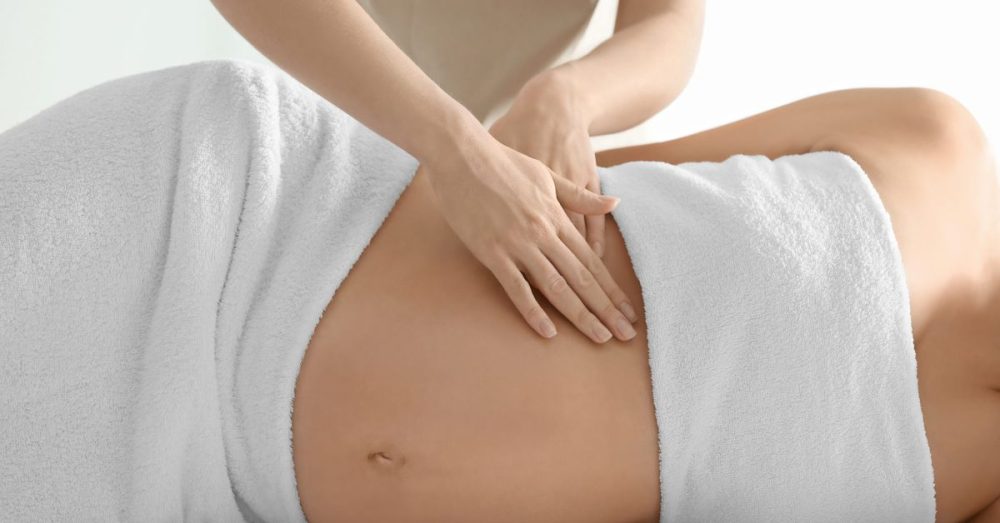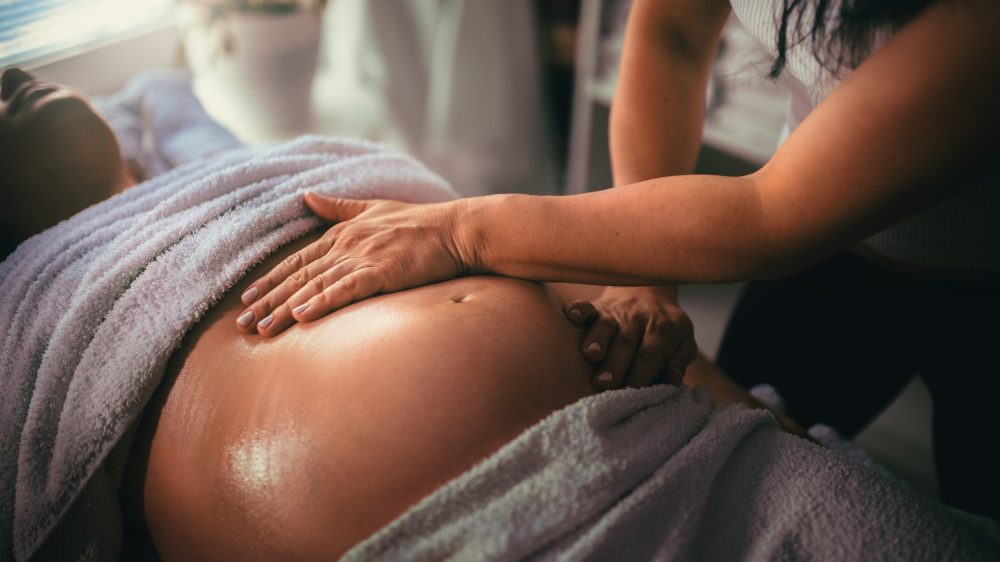Many medications are contraindicated during pregnancy, and massage can be an excellent alternative to pain relief drugs you might have used before. Massage helps ease tension and pain in the neck and back. However, can power massagers be used during this period?
What are the contraindications? How to use tools so as not to harm the pregnant person and the baby? Together with the massageforbody blog, we talk about all this in detail.
Using Electric Massagers While Pregnant

Source: wwd.com
Massage is often recommended by doctors for pregnant people to relieve the side effects of pregnancy. However, some still doubt whether specialized devices can be used during this period. In short, they can be used, but a lot depends on the well-being and the presence or absence of chronic diseases. Correctly performed massage has a positive effect on the condition of both the pregnant person and their baby:
- improves blood and lymph circulation;
- relieves muscle tension;
- strengthens the immune and cardiovascular systems;
- reduces swelling;
- enhances physical and mental condition;
- improves skin condition and minimizes side effects such as stretch marks;
- promotes good sleep;
- saturates the cells with oxygen.
Massage can generally cheer up the pregnant person (by stimulating the dopamine and serotonin production), and good health and mood are quickly transferred to the baby.
Contraindications for Massage During Pregnancy

Source: askapollo.com
Despite all the therapy benefits, there are cases in which massage, in general, and the use of massagers, in particular, are contraindicated:
- High-risk pregnancy. This term refers to a pregnancy in which the likelihood of illness or death before and after childbirth is higher than usual. For example, there is a risk of premature contractions or bleeding.
- Deep vein thrombosis. During pregnancy, the DVT risk is high, especially in the lower body parts. Using powerful tools such as a massage gun can make the situation worse by causing a blood clot to break off.
- Preeclampsia. This disease is characterized by high blood pressure and increased protein content in the urine and is one of the most common diseases associated with pregnancy. It provokes swelling, severe headaches, visual impairment, and a sharp weight gain.
- Placental abruption. It, like many other placental problems, can lead to severe bleeding. The vibrations that massage devices give contribute to placental abruption.
- Gestational diabetes. This condition does not completely prohibit using power tools but requires careful attention from your obstetrician.
It is best to consult your doctor before buying massagers to make sure there are no contraindications and choose the most suitable model.
Using Massagers by Trimester
At different stages of fetal development, pregnancy can proceed in different ways. While much of massage therapy depends on your individual condition, there are general guidelines for each trimester:
- First trimester. Since, at this time, the formation of the baby’s internal organs takes place, special care should be taken when using devices. Experts do not recommend any intense exposure. During this period, they allow a gentle massage of the face and shoulders.
- Second trimester. Now you have more freedom of action; you can do self-massage of the back and shoulders to reduce the growing load on the spine and relax the muscles. Legs can be treated if you do not have vein problems and the risk of thrombosis.
- Third trimester. The decision on massage therapy during this period should be made jointly with your doctor. Without contraindications, a gentle massage helps relieve stress from muscles and joints.
Basic Principles of Massage During Pregnancy

Source: livescience.com
When choosing a massage tool and technique, you should, first of all, think about safety for the pregnant person and the baby. A doctor may authorize therapy if the benefit is greater. Here are some simple rules to help you get the most out of your massage.
-
Impact zone
Massage of the abdomen, chest, and lower back during pregnancy is prohibited. Intense vibration impact on these areas can cause health problems and even lead to termination of pregnancy. You should also carefully handle the legs, especially if you risk thrombosis. Opting for manual massage or low-power devices for lower body therapy is better. At the same time, there are practically no restrictions for massaging the head, face, neck, shoulders, and arms. Do not go below the shoulder blades to avoid harming the baby.
-
Posture during massage
As a rule, therapy is recommended to be carried out sitting or semi-sitting. In the early stages, massage is allowed while lying on your back or side, but not on your stomach. Lying massage might be prohibited because the growing uterus can compress the inferior vena cava. Because of it, inferior vena cava syndrome develops and provokes even more swelling of the lower part, varicose veins, high blood pressure, and other unpleasant symptoms. Starting from the 18th – 20th week of pregnancy, you can only sit during the massage. Self-massage can be done every day for 15-20 minutes.
-
Massage cosmetics
Pregnancy is often accompanied by changes in the skin condition, such as dryness or stretch marks. Massage cosmetics will help you cope with these effects. You can combine the use of power tools and manual massage. Use the products you applied before pregnancy; this period is not the best time to experiment and try something new, as there is a risk of allergies. However, there are hypoallergenic creams that improve skin elasticity, and the essential oils they contain (such as lavender or peppermint) have a calming effect on the nervous system.
Enjoy Massage During Pregnancy
Pregnancy puts an additional burden on the body as a whole. Massage with specialized instruments is a great way to relax muscles, improve blood circulation, and strengthen the immune and nervous systems. However, before starting therapy, you should seek detailed advice from your doctor or healthcare provider. They can fully assess your condition and the baby’s health and recommend the best device and technique. Some diseases, unfortunately, are contraindications for any mechanical effects on the body.
Please share your experience of using massagers during pregnancy. What tool did you use? What benefit did you experience?


















